Utilities are feeling the heat. With concerns about the climate crisis increasing in the public consciousness, as manifested most recently by children around the world walking out of school en masse to demand action, utilities are among the companies seeking to improve the public perception of the pollution that they produce.
Over the past year, the trend has been to issue targets to reach carbon neutrality by specific dates – usually around mid-century. This began with Xcel Energy’s pledge last December to decarbonize its fleet by 2050, and was followed by pledges by Public Service Company of New Mexico and Avista in April and then Duke Energy earlier this month.
The latest to do so is DTE Energy, which last week pledged to reach “net-zero” carbon emissions by 2050 for its electric utility. However, there are several questionable details in the Michigan utility’s pledge to reduce emissions, including setting a 2005 baseline and relying on technologies which have not yet been commercialized to achieve deeper reductions.
Additionally, this pledge follows on DTE issuing a long-term plan which solar advocates say cooked the books to allow it to choose a tiny fraction of the optimal amount of solar over the next few years. Finally, the company recently pushed regulators to allow it to build a new gas plant – despite evidence that clean energy resources would be far cheaper.
All of this raises serious questions about whether DTE’s plan reflects a serious attempt to decarbonize, or an attempt to put a positive spin and conceal ongoing tactics to delay the energy transition in its service territory.
Setting of goalposts
The first questionable aspect of DTE’s pledge to reduce emissions is its choice of dates to base reductions against. Like Duke before it, DTE is choosing 2005 as its baseline. This means that in its plans to reduce emissions 50% by 2030 and 80% by 2040, it is planning to take credit for the reductions that have already happened.
According to DTE VP of Environmental Management and Resources Skiles Boyd, DTE has already reduced emissions 19% from 2005 levels, meaning that it only has 31% of the 2005 level to go do reach its 2030 goals.
However, what is even more questionable is that DTE is relying on technologies that have either not yet been commercialized or have proven to be very expensive to reach deeper emissions reductions. DTE has identified carbon capture and storage, large-scale energy storage, and modular nuclear reactors as technologies will will be “required” to reach the zero-carbon target, however it also released a chart which shows that it does not even plan to get to 60% emissions reductions (from 2005 levels) without these technologies.
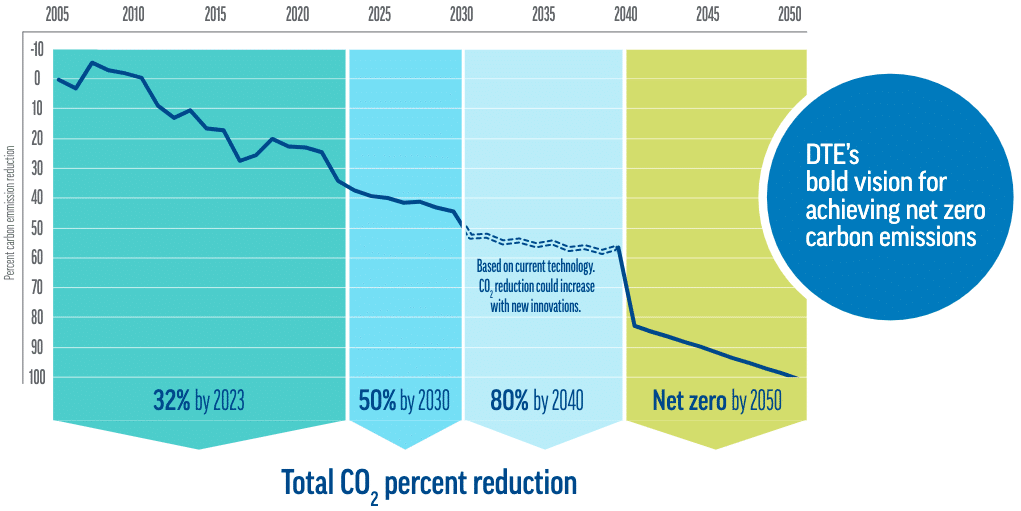
This is despite a wealth of scholarship that shows that the United States can reach 80% or more wind and solar by either building extensive transmission and/or deploying large amounts of battery storage, and can do so at costs similar to what consumers pay for electricity today.
The last large carbon capture and storage project for a coal plant, the Kemper project in Mississippi, was such an economic disaster that the plant’s owner abandoned the CCS portion and switched the plant to gas.
As for small modular reactors (SMRs), Oregon’s NuScale completed the first phase in its federal design certification in 2018, but there are still five more phases in this process. As SMRs have not yet been commercially deployed, it’s not clear what they will cost or whether or not their operating characteristics will match the claims made by advocates.
Short-term versus long-term
DTE has stated that it plans to triple its renewable energy capacity over the next decade, from 1 GW of wind and solar this year to 3 GW in 2030. Additionally, CEO Jerry Norcia has stated that the utility is “doing as much as we can, as fast as we can, to provide our customers and the state of Michigan with clean energy that is affordable and reliable.”
However, in practice the utility has favored gas over renewables. Last year DTE gained approval by Michigan regulators to build a new 1.1 GW gas plant, with regulators admitting that they did not seriously consider other options. This is despite an analysis by Union of Concerned Scientists which shows that the utility’s customers could have saved $340 million if the company deployed a combination of renewable energy, energy efficiency and demand response.
And while DTE is building substantial wind capacity, solar is another matter. In August Solar Energy Industries Association (SEIA) testified that DTE Energy had “hard-coded” its preferences for resources into its models, instead of allowing the model to choose which resources would be best for its customers.
Overall, SEIA documented 16 questionable modeling assumptions, including over-estimating the cost of solar, which it says explains why DTE has chosen to build 11 MW of solar over the next five years, not the 2 GW that SEIA says would give the most cost benefit to its customers.
It is particularly notable that DTE has insisted that it will not change its near-term plans as a result of this carbon pledge, which suggests that even if it keeps to the letter of its reductions pledges, it will take its own sweet time to do so.
Many are skeptical. Energy and Policy Institute has questioned if the utility can reach these targets at all, given the choices it continues to make. Utility analyst Ben Inskeep of EQ Research has also eloquently stated that all of this pushes the bounds of credibility.
https://twitter.com/Ben_Inskeep/status/1177252212554096640
This content is protected by copyright and may not be reused. If you want to cooperate with us and would like to reuse some of our content, please contact: editors@pv-magazine.com.
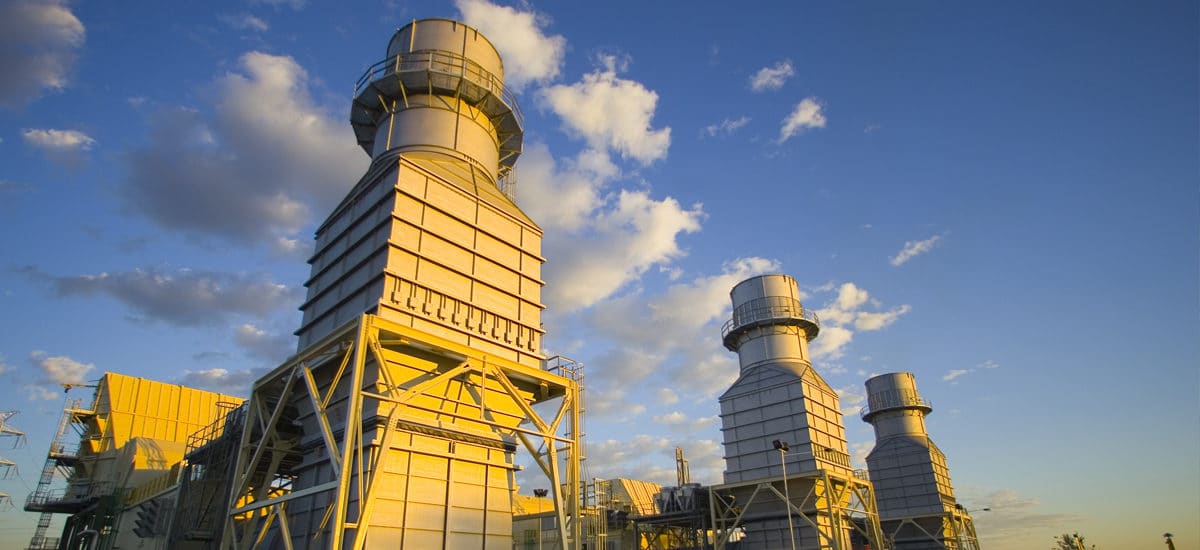
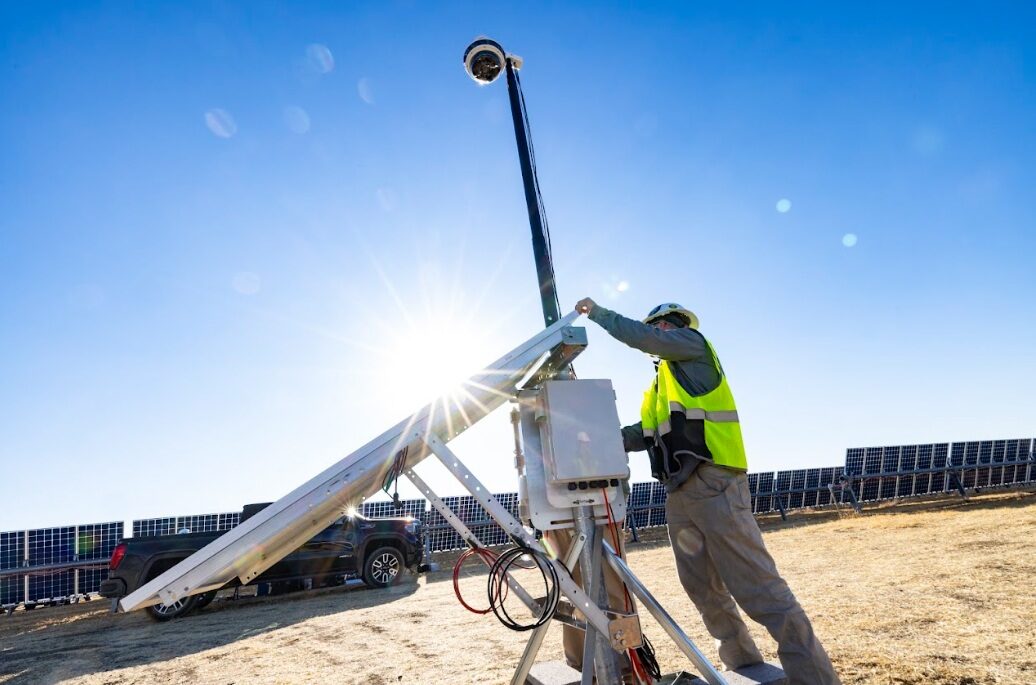


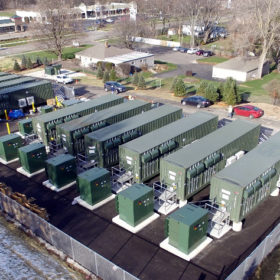
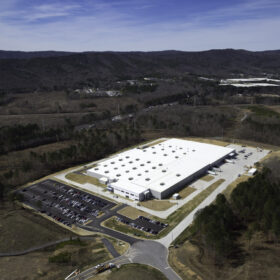
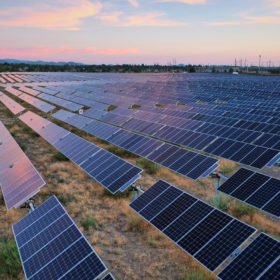
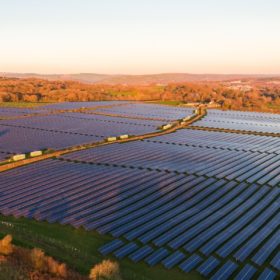
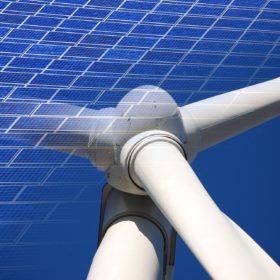
By submitting this form you agree to pv magazine using your data for the purposes of publishing your comment.
Your personal data will only be disclosed or otherwise transmitted to third parties for the purposes of spam filtering or if this is necessary for technical maintenance of the website. Any other transfer to third parties will not take place unless this is justified on the basis of applicable data protection regulations or if pv magazine is legally obliged to do so.
You may revoke this consent at any time with effect for the future, in which case your personal data will be deleted immediately. Otherwise, your data will be deleted if pv magazine has processed your request or the purpose of data storage is fulfilled.
Further information on data privacy can be found in our Data Protection Policy.